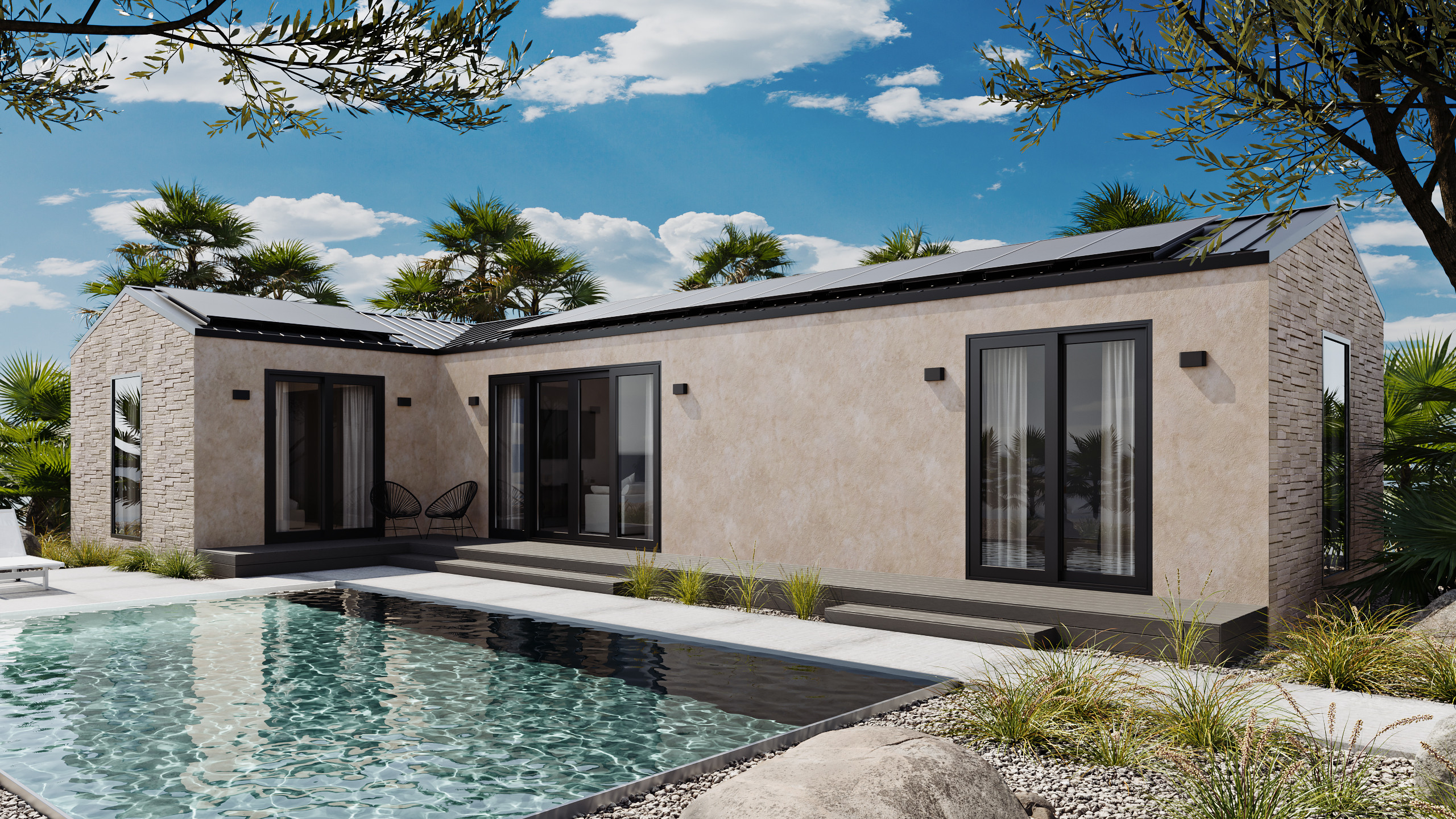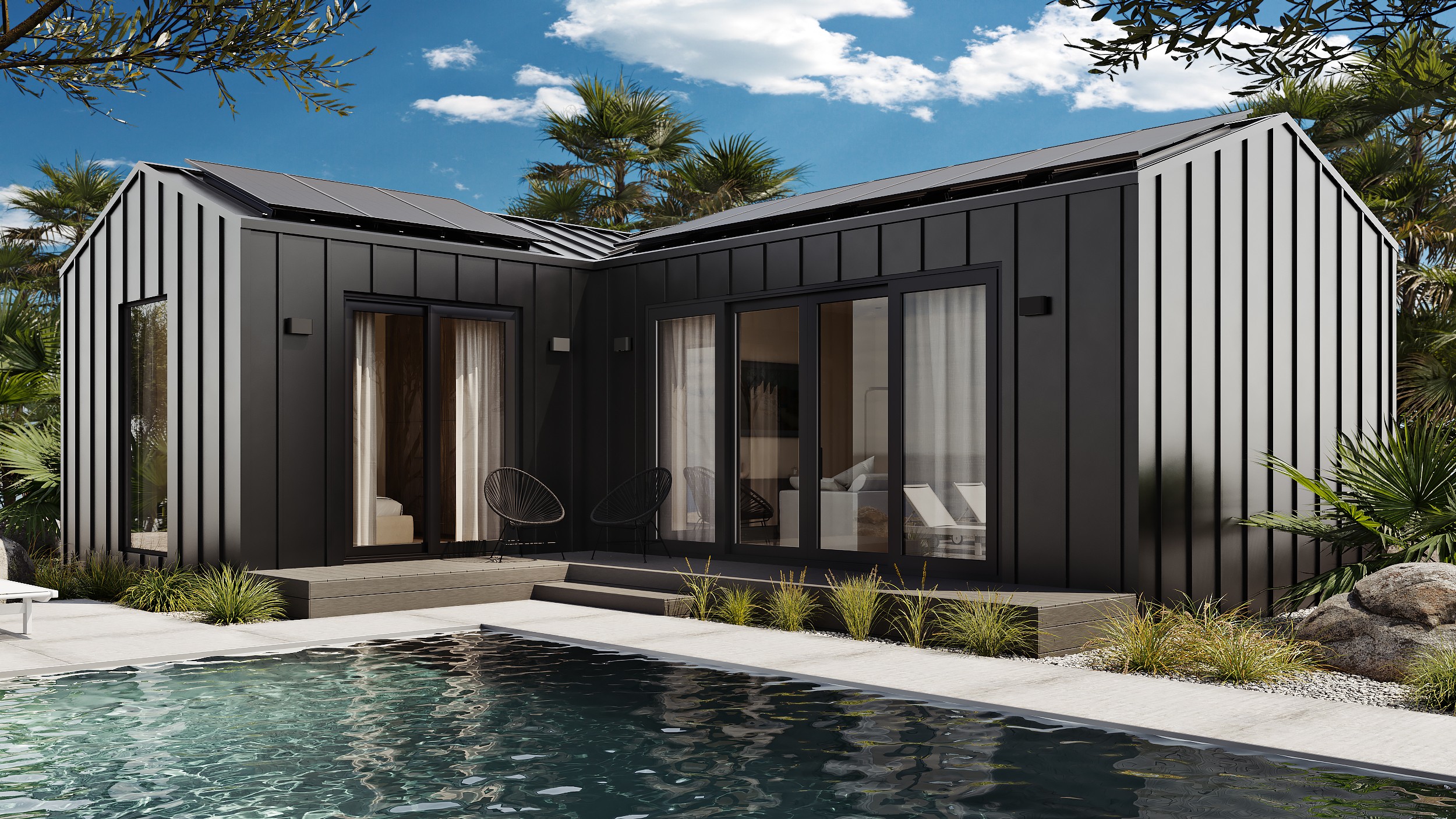Lots of smaller lots

Somewhat surprisingly, the share of small home lots just hit a record high.
Eye on Housing reports that “42 percent of new single-family detached homes sold in 2022 were built on lots under 7,000 square feet, that is 0.16 of an acre.”
It’s the highest share on record, and challenges recent assumptions.
Why?
The article suggests the change “reflects unprecedented lot shortages confronted by home builders during the pandemic housing boom, as well as their attempts to make new homes more affordable.”
Another possibility is that people just don’t want to mow a big lawn.
(Or am I projecting?)
Either way, we’ll keep an eye on the trend and see if it holds.
The home economy
In other housing industry news …
Housing starts are down
This from Eye on Housing: “Higher mortgage rates averaging above 7% put a damper on single-family production in August, as builders also continue to face supply-side challenges in the form of elevated construction costs, a lack of skilled labor and a shortage of buildable lots.” I know, I know. We’re working on it.
What’s new with MEW?
Bill McBride reviews the state of mortgage equity withdrawals, noting that “In Q2 2023, mortgage debt increased to $90 billion, up from $55 billion in Q1, and down from the cycle peak of $471 billion in Q2 2021.”
Massive room to grow
Eye on Housing reports that modular and panelized homes accounted for just 2 percent of the single-family-home market in 2022. (We can’t wait to change that.)
Limited inventory, higher rates
Calculated Risk and Eye on Housing weigh in on the August decline in home sales, which are down 15 percent year-over-year.
This may be what a soft landing looks like
Brad DeLong writes that “CPI core inflation has been running at 2.5%/year. When you take account of the persistent wedge between the CPI and the PCE index that is the Federal Reserve’s preferred target measure, that is what is needed to get 2%/year PCE chain-index inflation.”
Snapshots
Hot and cold
The Washington Post has a great feature on our fraught relationship with air conditioning. Trouble is, the cooler we make it inside, the hotter we make it outside. …
Getting pumped
… unless we’re using heat pumps. Which more of us will be doing.
The AP reports that “A group of 25 state governors that make up the U.S. Climate Alliance and the Biden administration announced a pledge Thursday to quadruple the number of heat pumps in U.S. homes by 2030, from 4.7 million to 20 million.
Which is cool.
Renewables are crushing it
It’s hard to overstate the momentum of clean energy. Here are three articles that give you an idea:
Climate and Capital Media: “It’s the solar economy stupid.”
Solar and battery growth are now outpacing even the most bullish outlooks. BloombergNEF, which has closely followed the sector for almost two decades, now predicts the world will add 392 gigawatts of solar power in 2023 alone! To understand the impact, consider that just one gigawatt (GW) is roughly the output of two coal-fired power units , enough energy to power 750,000 homes. This translates into new solar capacity to power 294 million homes.
The Guardian: “‘Staggering’ green growth gives hope for 1.5C, says global energy chief.”
The prospects of the world staying within the 1.5C limit on global heating have brightened owing to the “staggering” growth of renewable energy and green investment in the past two years, the chief of the world’s energy watchdog has said.
Canary Media: “Florida is now adding more solar power than any other state.”
Florida has long ranked a distant third place behind California and Texas in installed solar, but it’s now installing more solar panels than any other state — despite a policy landscape that’s considerably more challenging than in other states.
Post haste
Check out Mike’s most recent blog posts:
- Solar for the win
- Bamboo building booming
- How to lose 28,000 pounds
- All the cool homes have ’em
- Track your footprint like you track your footsteps
- Smart thermostats are kinda genius
Cheers,
Jeff
Jeff Williams is the chief marketing officer for Momo Homes.
Track the global transition to sustainable homebuilding.
Subscribe to the Momo Focus newsletter.






